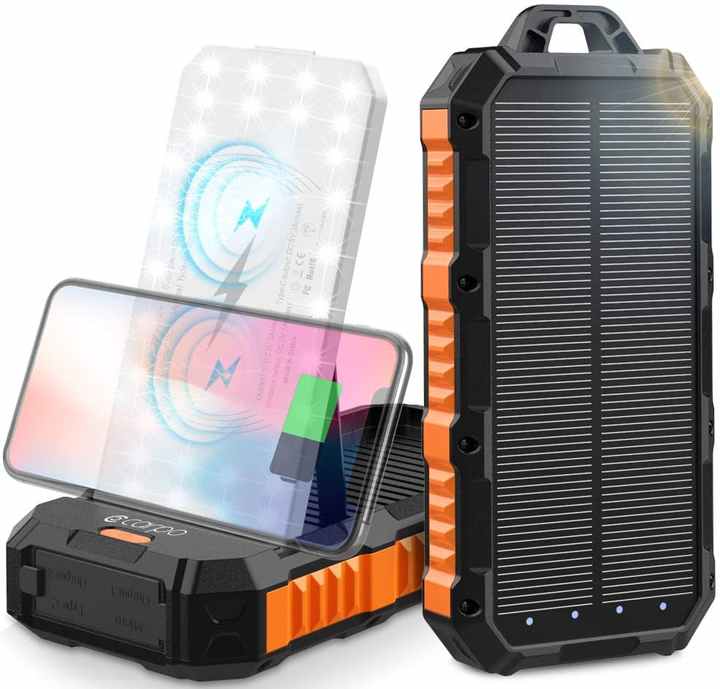Trendy na bezpłatne próbki
In the world of marketing, free samples have become a crucial strategy to attract customers and enhance brand loyalty. With the ever-evolving trend of consumer preferences, brands are putting more emphasis on giveaways and test products. This article will explore the growing trend of free samples, the psychology behind them, and how brands can effectively implement this strategy.

Introduction to Free Samples
Free samples serve a dual purpose: they allow customers to try a product before making a purchase, and they provide brands with an opportunity to showcase their offerings without any financial commitment from potential buyers. In recent years, the trend of offering free samples has skyrocketed, particularly with the rise of online shopping and direct-to-consumer brands.
The availability of free samples has evolved significantly—from in-store promotions to online requests, allowing consumers to receive products at home. This change is a result of the increasing consumer desire for convenience and personalization.
The Psychology Behind Free Samples
Consumer Behavior and Decision Making
Understanding consumer psychology is critical for brands looking to utilize free samples effectively. Research shows that receiving a free sample can significantly lower the perceived risk associated with trying a new product. This perception encourages consumers to take action and makes them more likely to proceed with a purchase later on.
The Reciprocity Principle
Another psychological aspect at play is the principle of reciprocity. When a brand gives something for free, consumers often feel an obligation to give something back, usually in the form of a purchase. This mutual give-and-take fosters goodwill and encourages brand loyalty.
Influence of Social Media
Social media platforms amplify the reach of free samples. Influencers and users alike share their experiences with free samples, showcasing products to their followers and expanding brand visibility. Free samples can go viral when shared, leading to increased interest and potential sales.
Types of Free Samples
Product Samples
Product samples are the most common type of freebie, allowing customers to try out new products before committing to purchasing a full-sized item. Whether it’s cosmetics, food, or household goods, product samples help consumers make informed decisions.
Trial Subscriptions
Many subscription box services offer trial periods, allowing customers to experience their offerings at no initial cost. This model introduces customers to multiple products without the pressure of upfront costs.
Digital Samples
In the age of digital content, offering free digital samples such as eBooks, courses, or software trials has become popular. This approach attracts users who enjoy experiencing a product or service without financial barriers.
Effective Strategies for Implementing Free Samples
Targeted Audience Research
Identifying the right audience is crucial for the success of any free sample campaign. Brands should analyze their target demographic to ensure that the samples offered are relevant and appealing to their customers.
Ease of Access
Making it easy for consumers to request free samples can dramatically increase participation. Clear instructions on how to obtain samples and minimizing steps in the process will enhance user experience and satisfaction.
Follow-Up and Feedback
After consumers receive their free samples, brands should follow up to gather feedback and insights. This information can improve future offerings and foster a sense of connection between the brand and the consumer.
Leverage Social Media
Encouraging users to share their experiences with free samples on social media can encourage further engagement. Brands can incentivize sharing by running contests or providing discounts for social media mentions.
Best Practices for Brands
Quality Over Quantity
Brands should focus on providing quality samples rather than distributing large quantities indiscriminately. A well-curated selection of samples will resonate more with consumers and enhance their perception of the brand.
Clear Brand Messaging
Every sample should carry a strong brand message. Whether through product packaging or accompanying literature, consumers should understand the brand’s values and the unique selling points of the product.
Challenges and Considerations
Cost and Logistics
Providing free samples can become costly, especially for small businesses. Brands need to calculate the potential return on investment and ensure their sampling strategy aligns with overall marketing goals.
Managing Expectations
It’s essential to manage consumer expectations. While free samples can boost brand visibility, brands need to ensure they are following through with marketing commitments and maintaining quality in their products.
Conclusion
In conclusion, the trend of offering free samples is expected to continue growing as brands seek new ways to engage and attract consumers. By understanding the psychology behind free samples, implementing effective strategies, and overcoming challenges, businesses can leverage this marketing tactic to foster brand loyalty, increase sales, and improve customer satisfaction.
For more insights on effective marketing strategies, you can read similar articles such as this one or this article.
As businesses continue navigating the ever-changing landscape of consumer preferences, free samples will undoubtedly remain a powerful tool in the marketing arsenal.
